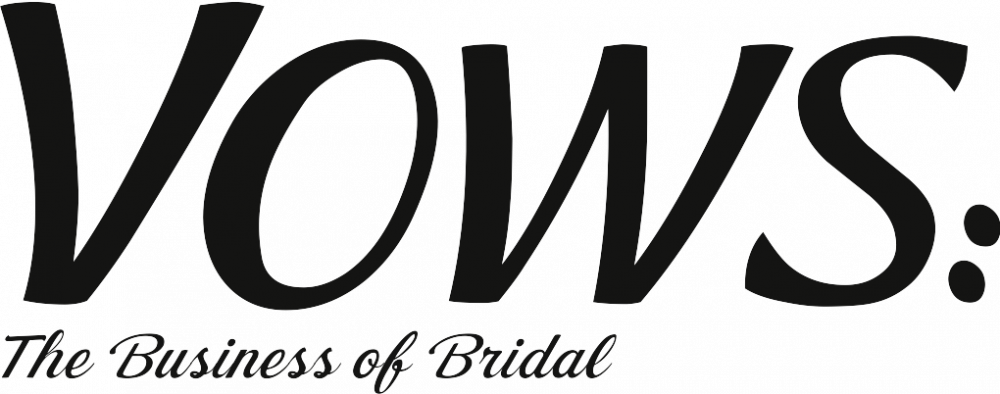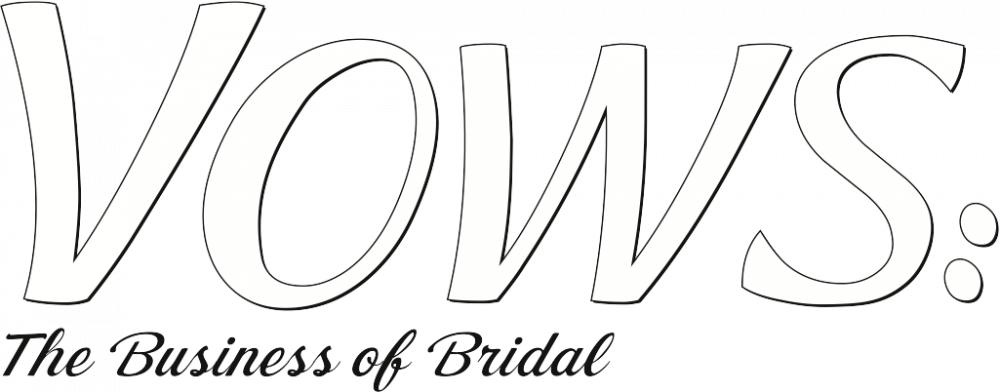Judging from boutique reports of a brisk opening of the season and (for many) “record sales,” and equally robust comments from apparel and accessory manufacturers, the U.S. bridal industry appears to be poised for dramatic growth in 2022-2023.
Additionally, this surge in business is not solely based on pent-up demand. . . early reports indicate that the engagement season of late 2021 may have been record-setting as well.
Stores in different regions of the U.S. and representing the full range of today’s bridal boutique classification used virtually the same words to describe the state of their businesses: “We are overworked and understaffed. . . and doing everything we can to accommodate all our brides!”
Signs of the times:
• Boutiques still find themselves juggling staffing and stylists to effectively serve the increased number of brides visiting their stores. Their main concern: ensuring that there is no loss in reputation as they strive to provide the exceptional level of experience they are known for, and of which the bride expects.
• In response, boutiques are maintaining a COVID-era appointment-only policy to more effectively control the setting and experience. Other boutiques that offer walk-in availability still strongly recommend that their brides book appointments.
• Appointment books are overcrowded with very few cancellations, resulting in boutiques extending hours and days of operation to meet the demand, and in setting up premium appointment fees for premium weekend appointments.
• Walk-in traffic continues to increase, even with an appointment-only requirement.
• Closing ratios are increasing, as brides more quickly make their buying decisions out of concerns about availability of their gowns and accessories…with little push back on price.
• Boutique owners also report very strong business in the Mother of the Wedding category as this customer looks to refresh her wardrobe for her daughter’s/son’s big day. And as with the bride, price is not an apparent major factor in her buying decision.
The drag on this bustling business cycle, is of course the widespread supply chain disruptions and recurring product cost increases.
Yet this has not stifled demand or sales as manufacturers continue to adapt, change how and when they handle product and transportation cost increases, and focus on different approaches to help their boutiques benefit from this increase in demand.
Crazy times. . . however we do seem to have stabilized and perhaps even thrived through this unprecedented time, and are clearly poised to address the current increase in demand.




